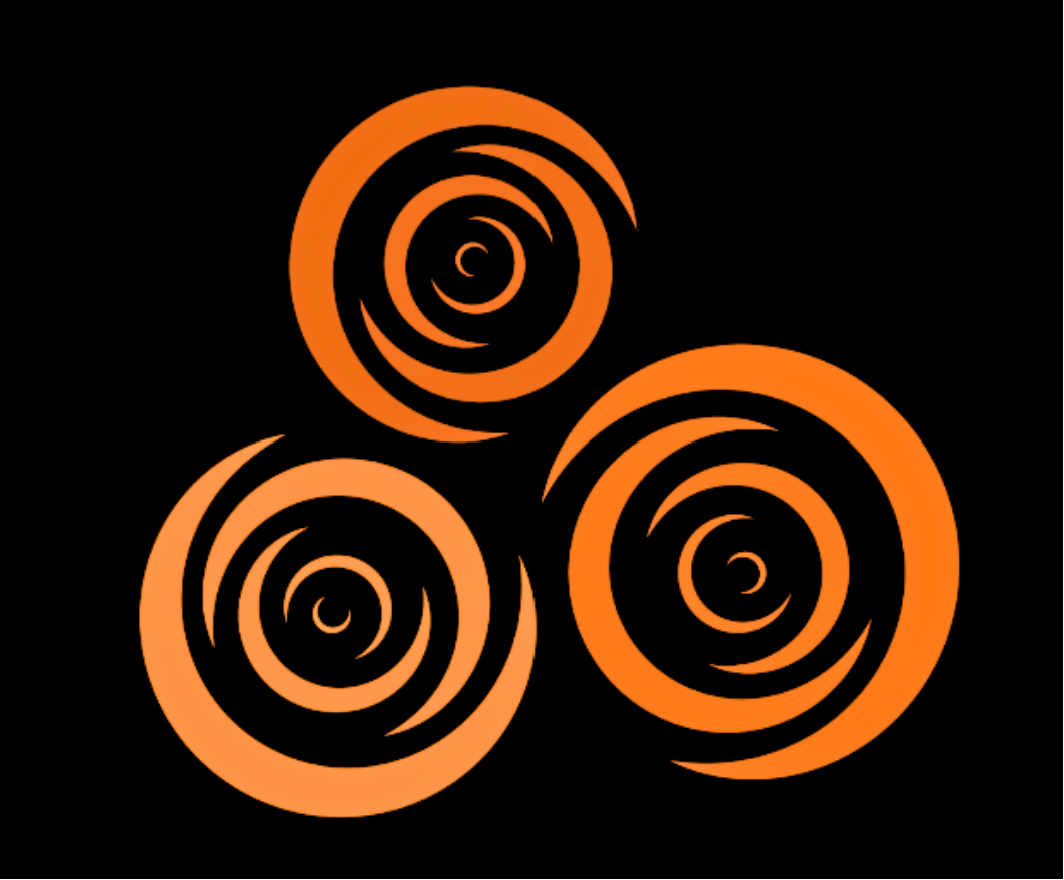Electricity From Raindrops

A Little Disclaimer
I enjoy learning about and sharing new emerging technologies that impact our lives in positive sustainable ways. I do however want to make it clear up front that I am in no way an expert in nanoenergy or nanosystems but rather I’m acting as a reporter in the case of this blog post.
Droplet-based Electricity Generator
Engineers at the City University at Hong Kong (CityU) have recently developed a Droplet-based Electricity Generator (DEG) that can harnesses electricity from rain.
I know, cool right?
One drop of rain impacting on a surface can produce an impressive 140V - For reference, that is sufficient electricity to energize up to 100 small LED bulbs.
Who is Behind This?
The main players attributed for this new development are:
What is DEG?
DEG’s are constructed on the triboelectric effect and generate electricity by materials becoming electrically charged after they are separated from a different material with which they were previously in contact with.
Unfortunately, the quantity of charge produced on the surface of a material is restricted by interfacial phenomena, consequently resulting in an energy conversion efficiency that is extremely small.
What is FET?
CityU’s generator uses a Field-Effect Transistor (FET) to produce considerably higher and instantaneous voltage from raindrops.
FET is a type of transistor that uses an electric field to control the flow of current by the application of a voltage to the gate, which in turn alters the conductivity between the drain and the source.

Increasing Efficiency
To increase conversion efficiency, CityU’s engineering team spent two years creating their own DEG design. Its’ instantaneous power density is thousands of times higher than similar devices not using the FET-like design.
They use PTFE (an electret material with a quasi-permanent electric charge), which provides a new path for the collection and storing of high-density surface charges and is generated by the continuous droplets impacting on its surface.
When droplets of water continuously impact on the surface of PTFE, the surface charge being generated will amass and slowly reach capacity. This helps overcome the limitations of low charge density of interfacial phenomena.

Get Your Geek On
If you really want to get your DEG geek on The CityU’s research teams’ findings were published in the February 5th, 2020 issue of Nature under the title “A droplet-based electricity generator with high instantaneous power density”.
Here is an excerpt from the article’s abstract summary:
“Here we develop a device to harvest energy from impinging water droplets by using an architecture that comprises a polytetrafluoroethylene film on an indium tin oxide substrate plus an aluminum electrode. We show that spreading of an impinged water droplet on the device bridges the originally disconnected components into a closed-loop electrical system, transforming the conventional interfacial effect into a bulk effect, and so enhancing the instantaneous power density by several orders of magnitude over equivalent devices that are limited by interfacial effects.”
Looks Promising
This new development looks very promising and it can help further research into water energy generation and helping stem the energy crisis.
The research team has expressed the desire to see their technology applied to a large variety of surfaces, wherever liquid meets a solid surface. The possibilities are endless, but the researchers have suggested it for use on boats, umbrellas, rooftops, and water bottles.
Lots of work needs to be done before this technology can be brought to market as a viable product. They will become one step closer as the challenge of accumulating enough energy to create a continuous source of power is met.

Looking at Things Differently
Now that you know this technology exists you will not be able to look a shoreline, take a shower or drink a glass of water again in the same way. Wherever you see a liquid meeting a solid surface is a place where energy has the potential to be made. Think creatively about the possibilities of where this DEG could be applied and you may play an important role in helping solve our impending energy crisis.
